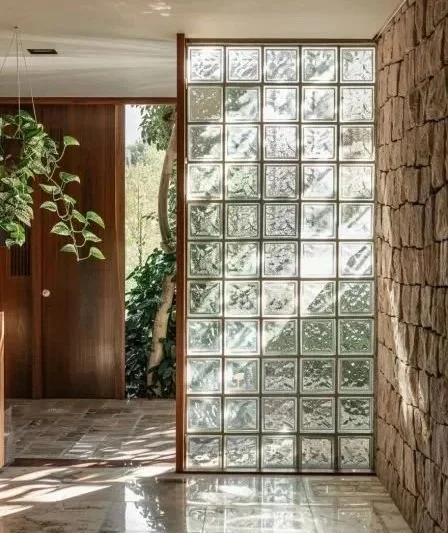Cookie-Cutter vs. Character: Why Builder-Grade Homes Don’t Age Well
Drive through almost any Long Island neighborhood today and you’ll notice a pattern: older homes being replaced by oversized, builder-grade houses. These new builds often promise “modern living” — but in reality, they sacrifice craftsmanship, individuality, and long-term value. Unlike historic Colonials, Tudors, or mid-century residences, which were designed with proportion and artistry in mind, today’s mass-produced houses are built to move quickly in the market. The result is a cycle that looks new on the surface but often lacks depth, longevity, and identity. Here’s why cookie-cutter homes don’t stand the test of time, and why preserving character matters for both homeowners and communities.
1. Quality vs. Quantity
Builder-grade homes are designed to maximize square footage at the lowest construction cost. That means thinner walls, cheaper finishes, and standardized details that lack substance. Character homes, on the other hand, were often built with higher-quality materials and craftsmanship that can endure for generations.
2. Sense of Place
Perhaps most importantly, character homes contribute to the identity of a neighborhood. When every block looks the same, communities lose their history and individuality. Homes with preserved details tell stories, anchor traditions, and create a sense of pride that cookie-cutter construction can’t replicate.
3. Value Over Time
While a builder-grade home might feel shiny and new at first, the lack of timeless design often shows within a decade. Trends fade quickly, materials wear down faster, and resale appeal can decline. A preserved or thoughtfully renovated character home, by contrast, tends to hold and even increase its value because uniqueness never goes out of style.
4. Architectural Soul
Older homes reflect a range of architectural styles — Colonial, Tudor, Cape Cod, Mid-Century — each with distinctive proportions and detailing. These styles bring richness to our neighborhoods, with elements like steep gabled roofs, handcrafted woodwork, decorative trim, and balanced layouts that were designed with intention. Cookie-cutter homes, on the other hand, tend to recycle the same layouts and facades, creating uniform streetscapes that strip neighborhoods of variety and charm. Over time, this sameness erodes the cultural identity of a community, leaving behind streets that feel impersonal and detached. Preserving architectural diversity ensures that our neighborhoods retain a sense of place, history, and artistry that newer construction simply cannot replicate.
5. Environmental Cost
Every time a home is demolished and replaced, tons of waste head to landfills and new emissions are generated from construction materials. Preserving an existing home reduces waste and keeps embodied carbon intact, making it a smarter choice for the planet as well as the community.
Our Perspective
At Heritage Home Company, we believe that modern living doesn’t require sacrificing character. Through adaptive reuse and preservation-focused design, we help homeowners enjoy comfort, efficiency, and style while protecting the unique features that make each home — and each community — special.



